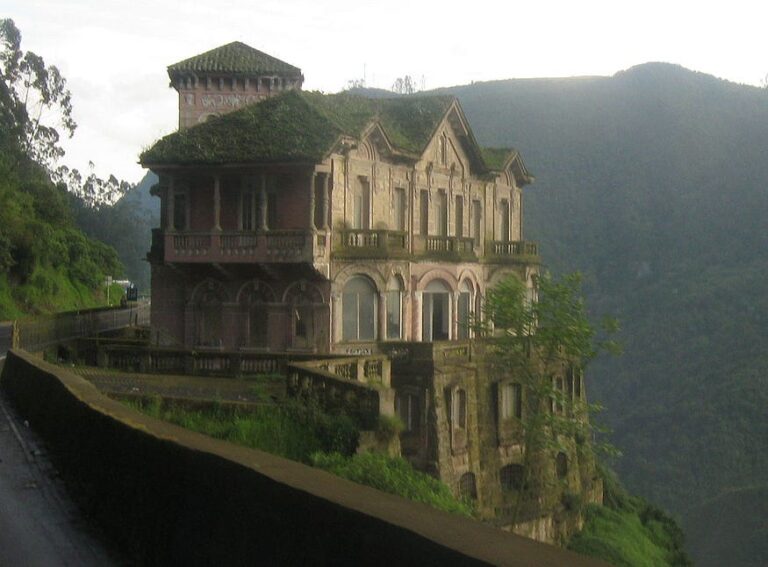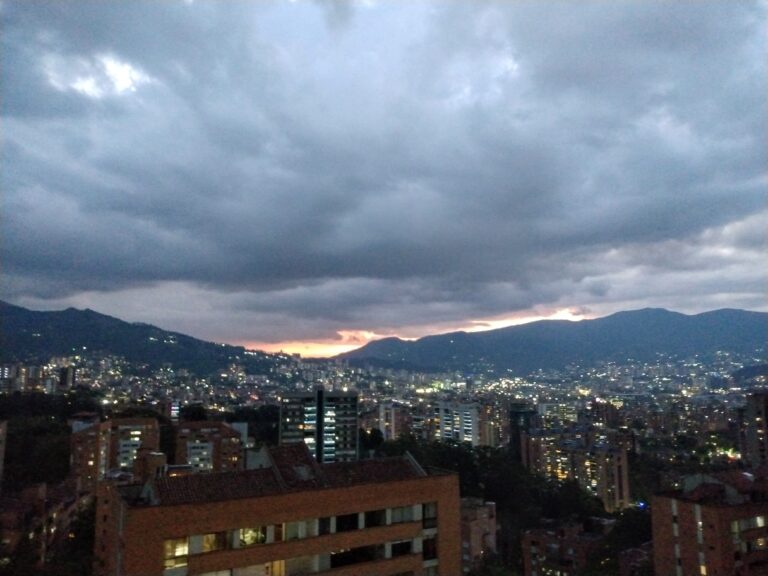7 Things To Do In Sopó, Colombia
My favorite part of traveling is waking up in a new town. First, the newness of a place, getting to know the streets and local coffee shops. Then, sitting and watching the people walk by, seeing what they are eating, buying, and how they interact with each other.
I prefer finding adventures in cities that most tourists will skip over due to either needing more time to visit or only wanting to hit the hotspots. However, the best parts of traveling are those little hidden towns you never hear about; to me, that shows me the realness of an area.
Last week, I spent five days in a little town called Sopó, located in Cundinamarca, Colombia. I took the bus from Zipaquirá, which took me about 45 minutes and cost approx 1 USD.
I caught the bus on the street, as it was labeled Sopó; I asked the driver how long and how much and hopped on. It is that easy to get a bus in Colombia. All the buses will have where they go on the front, so there will be no surprises, but still ask!
Sopó is 39 km from the capital city, Bogotá, and you can also take a bus from Bogotá. You will need to go to Transmilenio Portal del Norte and find the window that says Sopó; it could take as little as 30 minutes or up to an hour.
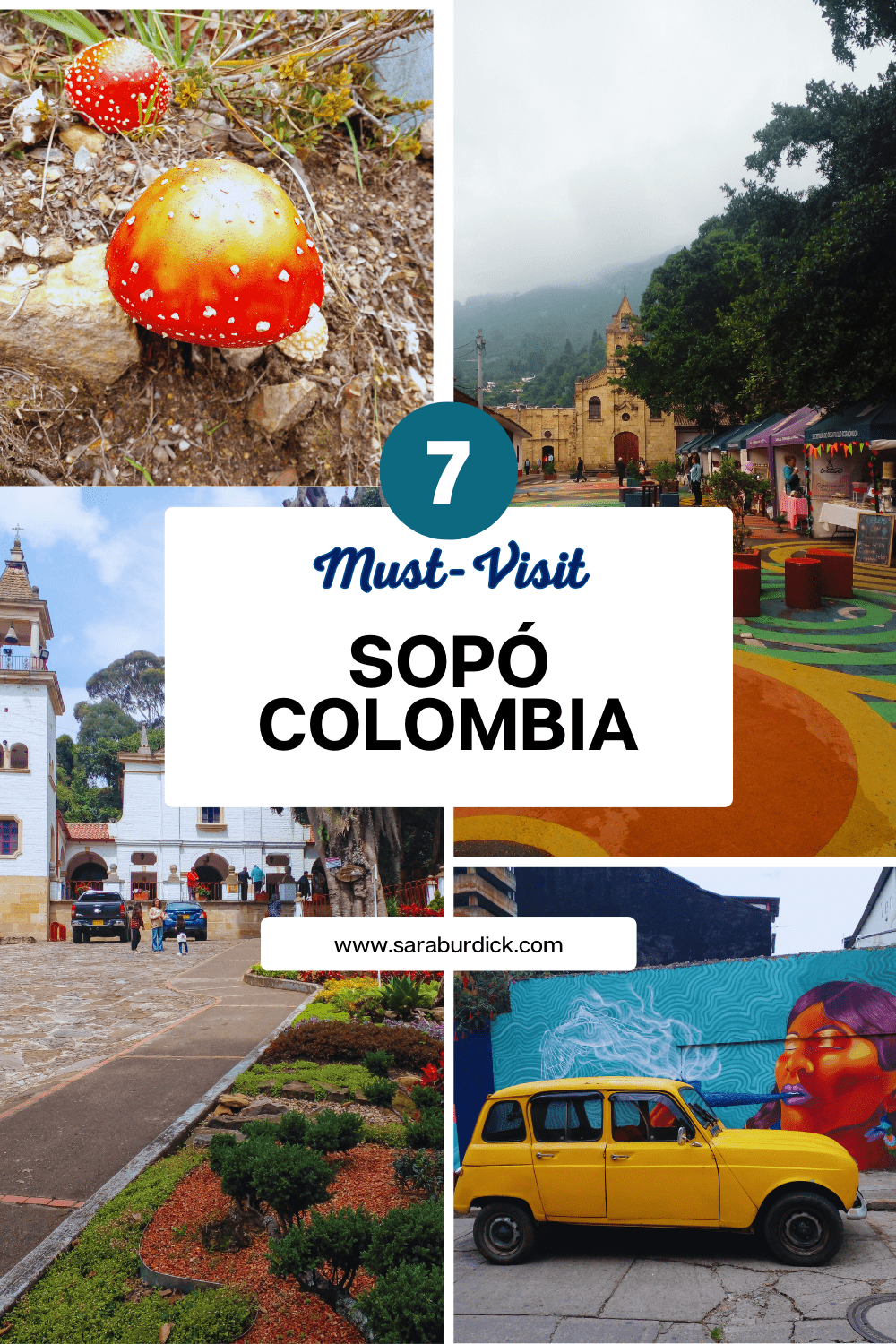
History of Sopó, Colombia
The indigenous groups initially inhabited the area during the Herrera Period, and later the Muisca, before the arrival of the Spanish in 1537.
Sopó is home to the 3rd largest Colombian dairy company Alpina, founded in 1945. Alpina was founded by two Swiss men who escaped Europe during WW2, Max Banziger and Walter Guggel. It was also the first company to make and distribute Arequipe in 1980.
Sopó is known for its dairy and desserts! I have eaten through every dessert in town; luckily, there is also much hiking nearby to keep the balance.
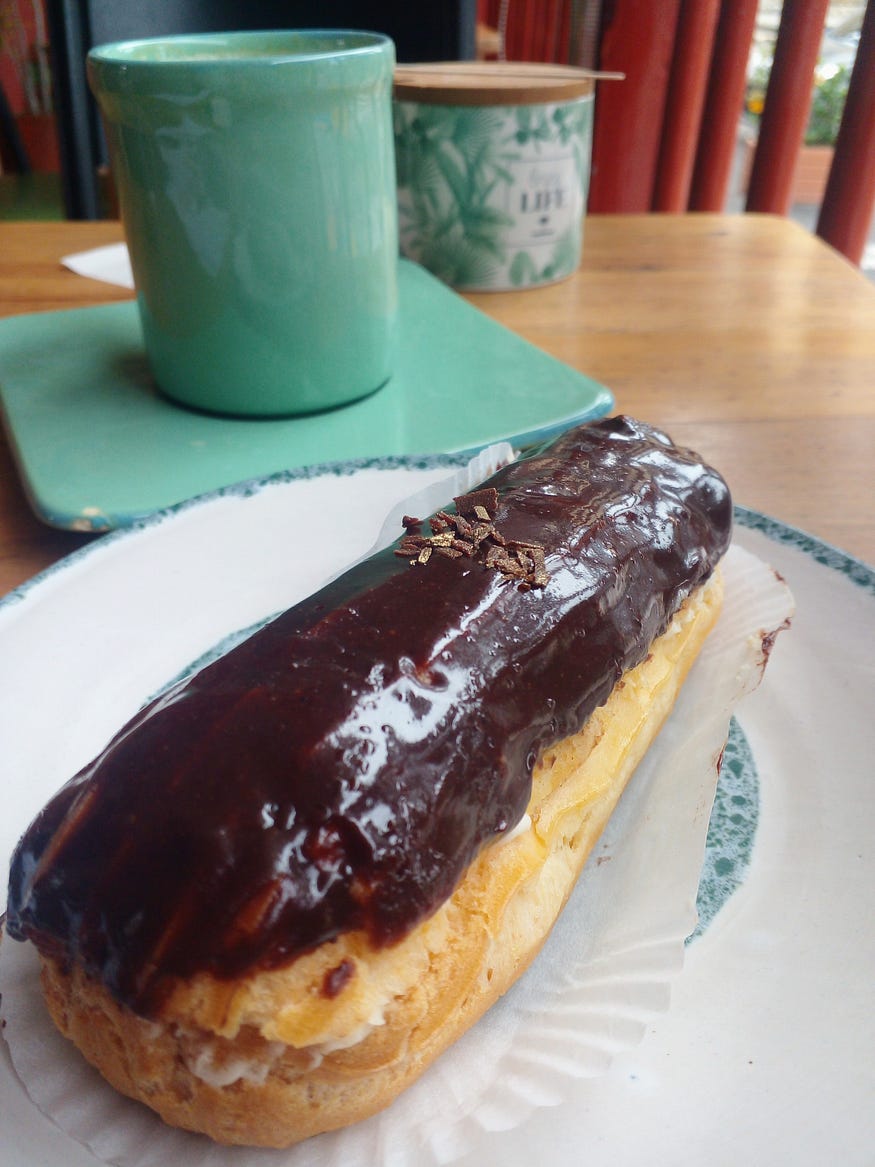
Sopó is not on the typical backpacker route, as I have not seen any other foreigners since I arrived. Yet there are plenty of Colombian tourists, so brush up on your Spanish before coming here.
7 Things to Do in Sopó, Colombia
Lord of the Rock Sanctuary
On December 3, 1753, a washerwoman named Rosa Nieto discovered a stone with the face of Jesus in the water. Rosa took the stone home with her, and the stone was still the same in the morning.
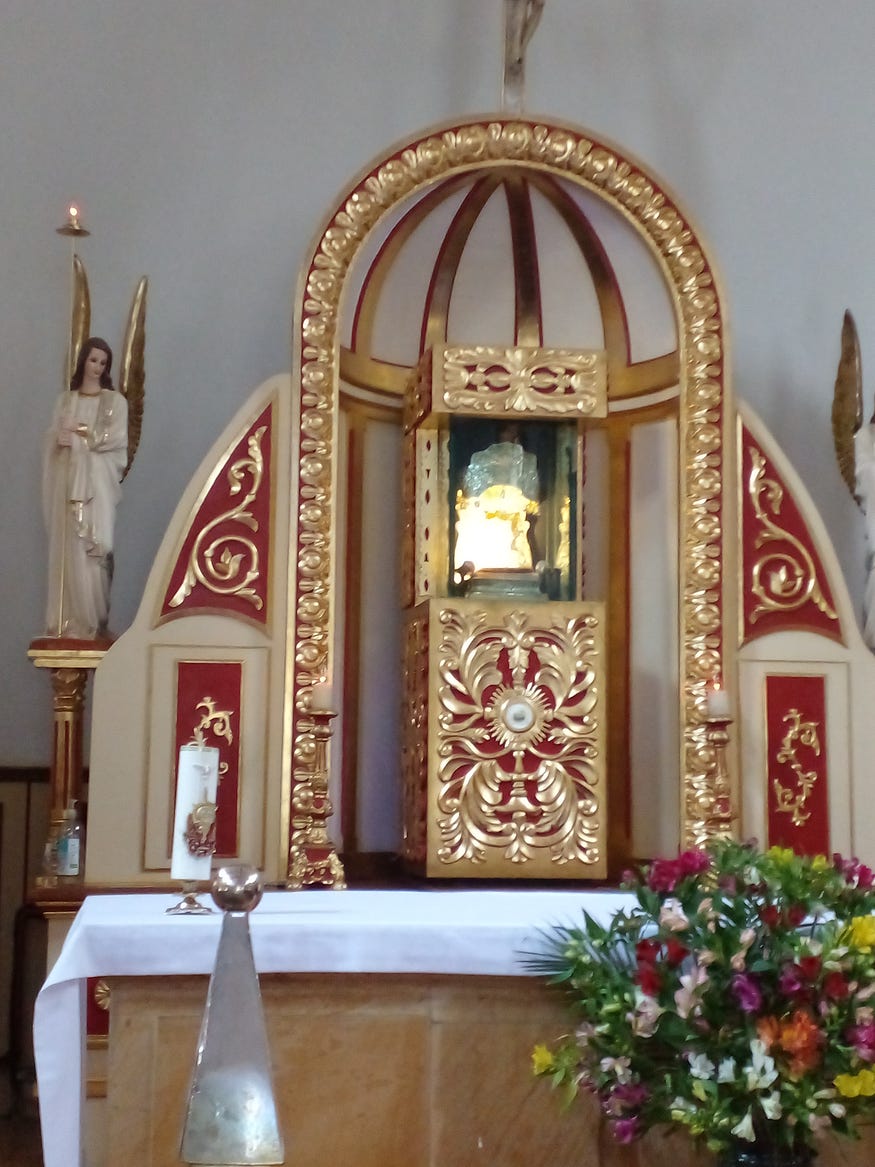
It was then that Rosa brought the stone to her priest. I am unsure what happened between 1753 and 1953, but when the sanctuary/church was built there was a dedicated plaque to the stone. The stone now sits at the main altar, and the site has become a pilgrimage for many Colombians.
Iglesia Divino Salvador and Plaza de Cos Tibas
The church was founded in 1612 and has become famous for its mysterious paintings. The collection of oil paintings is rumored to have just shown up at the church one day, and no one knows by who.
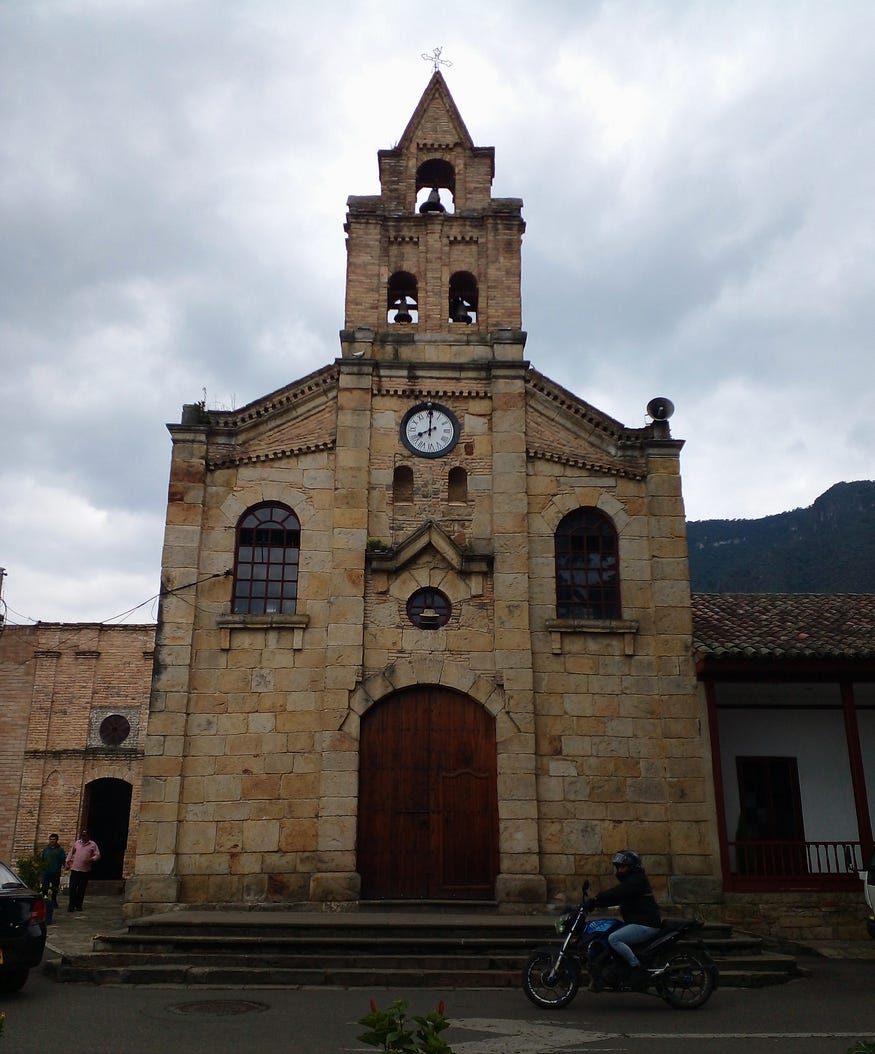
They have become known as Los Arcangeles de Sopó. While you are visiting the church, check out the plaza. As in every Colombian town, there is a town plaza/square nearby the church.
You can find artisanal crafts, desserts, and coffee. Sit and enjoy the beautiful nature around you.
Pionon Ecological Park
The park is located above the town and is approximately 5km uphill. So if you are attempting to walk as I did, bring water. Spoiler alert it started to rain, and I turned around, and my legs were dead the next day as the road was straight uphill.
I also did not explore the park as the day I chose to go when it was not raining was Good Friday, closed. However, I did see the entrance and read the story/history.
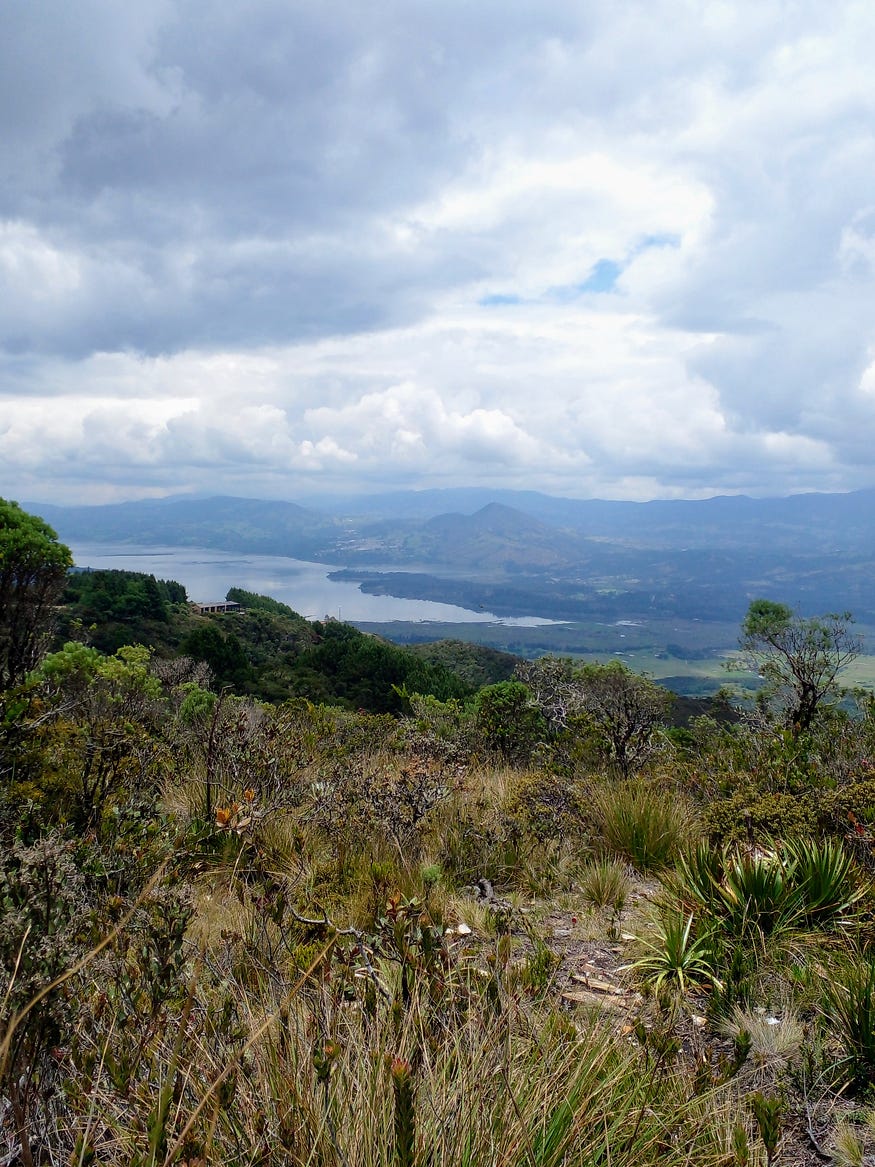
The area of the park was an essential part of the ceremonies for the Muisca community, called ¨El Rito de Correr la tierra¨. The indigenous youth had to go through a right of passage through the five sacred lagoons, Guatavita, Guasca, Siecha, Teusacá, and Ubaque.
The time of year was consistently correlated with the solstice, making the Cerro Pionon a sacred step since it was marked with the route by the astronomical network, locating the sacred settlements.
In the park, archaeologists have found ceremonial and burial grounds, as well as a cave with pictograms showing the road used during ancient times.
Paragliding at Voladero el Paraiso
If paragliding isn’t your thing, you can also canopy or zipline. Also, you can sit and have juice or coffee at the cafe in the area; this was what I did as I contemplated life.
There are chairs outside, so you can also watch the paragliders or enjoy the view of the lagoons.
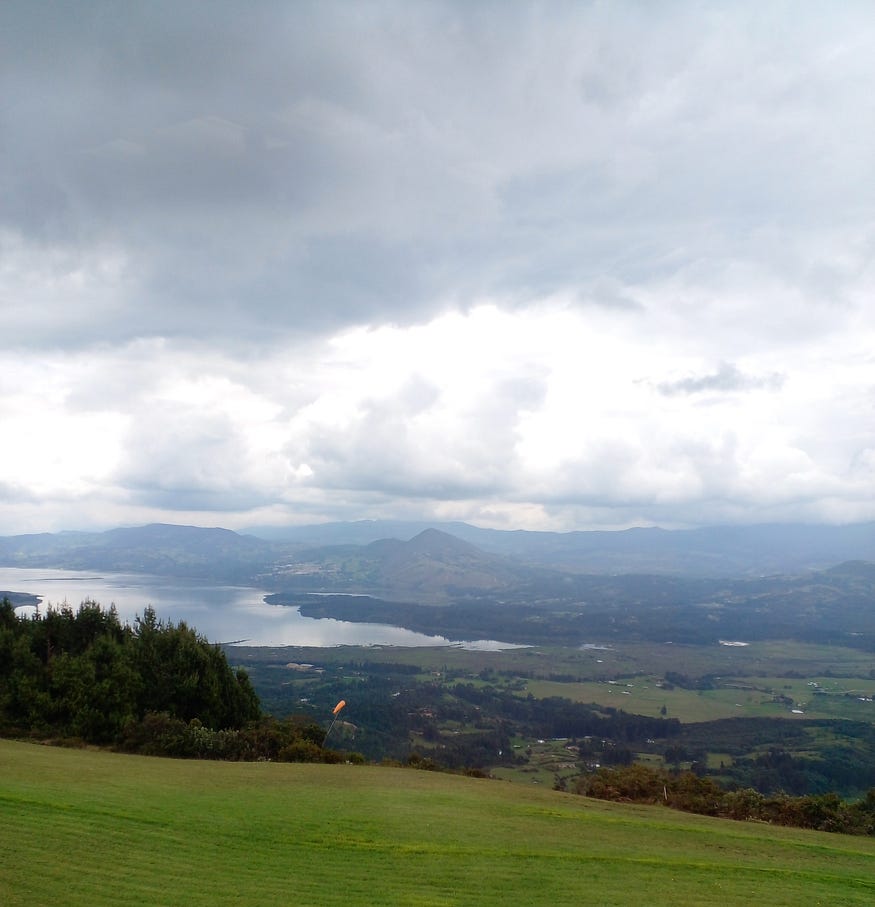
Visit the sports park
Sopó has one of the best sports parks I have seen in Colombia. Everything from a skateboard park to beach volleyball to exercise equipment. I saw some kids playing tennis, as well as handball.
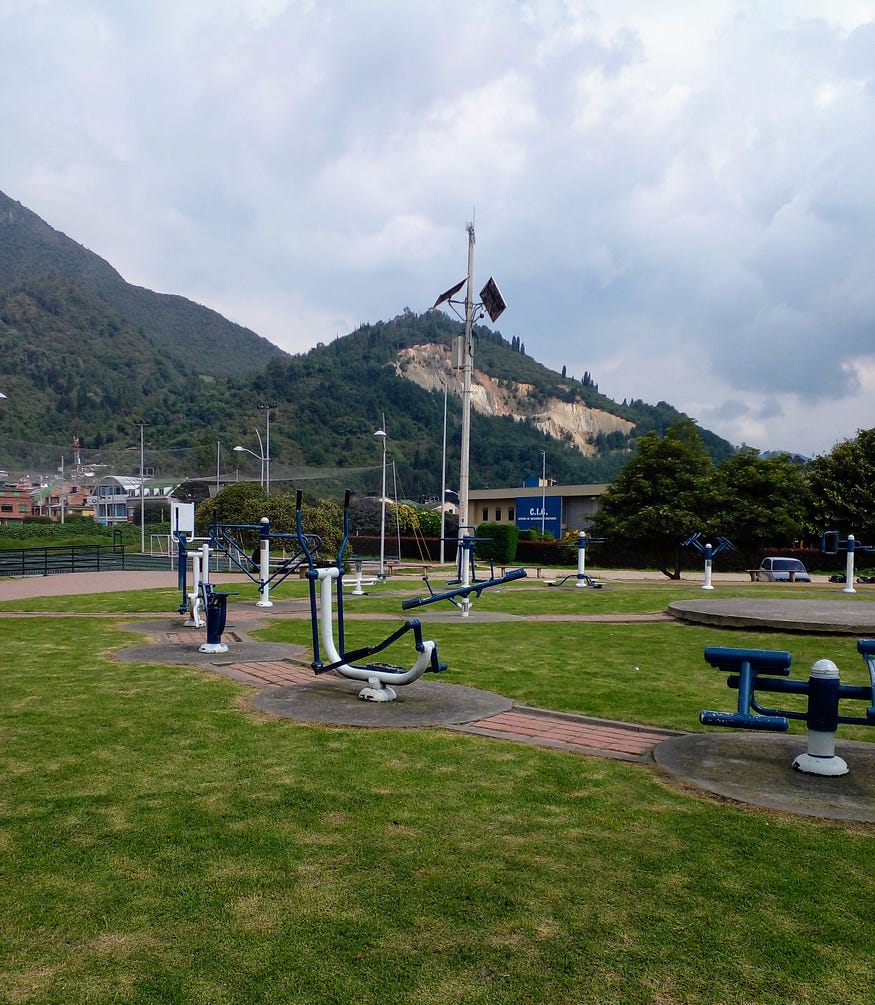
Visit the Alpina Lodge
Not only is the factory here, but there is also a store and coffee shop. So you can sit and eat a delicious Arequipe treat. Also, there is a park that you can let your kids run around on.
It is a bit more expensive than other desserts in town, but it is a must when in Sopó, Colombia!
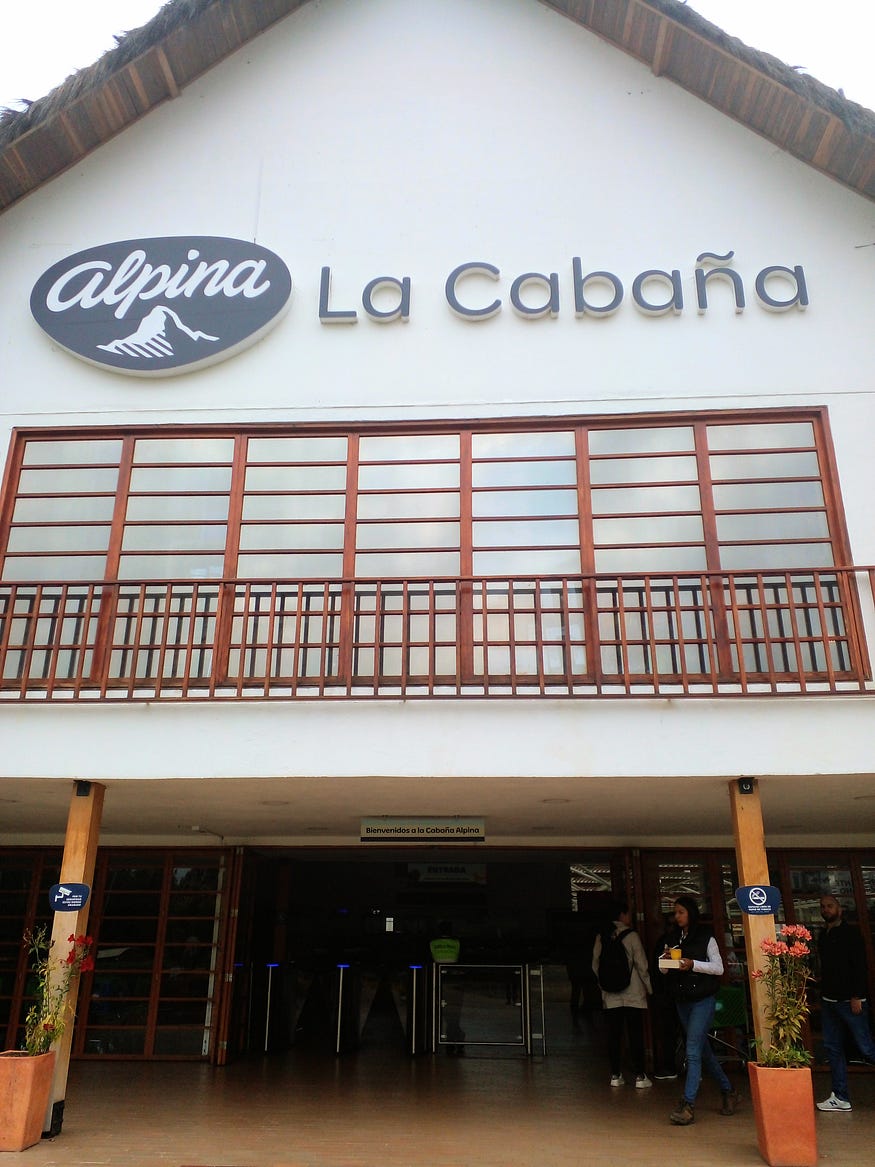
Parque Puente de Sopó
A nature park located 9.9km outside of Sopó. Full of nature trails, a place where you can go for the day, kayak in the lake, or have a picnic. I did not go because it rained almost daily, so I did not want to chance it.
Need to know
Sopó is 8690 feet in elevation, which makes it one of the cooler Colombian towns, and it rains a lot. The sun is not out all day, so when it comes out, everyone is outside enjoying.
Bring your rain jacket, boots, and sunglasses because you never know.
Where to stay
I stayed at Casa Paraiso, a little bed and breakfast I found on booking. I recommend booking your place before you come as it is easier to find accommodation if you want to stay up on the mountain instead of in town.
There are many glamping options, but they are also more expensive. My little room cost $22 a night and was perfect. It even had a fantastic breakfast, hot water, and beds!
I have a video that shows the places as well:)
I hope you go and enjoy Sopó as much as I have. Learn more about me here.
XOXO
S.




